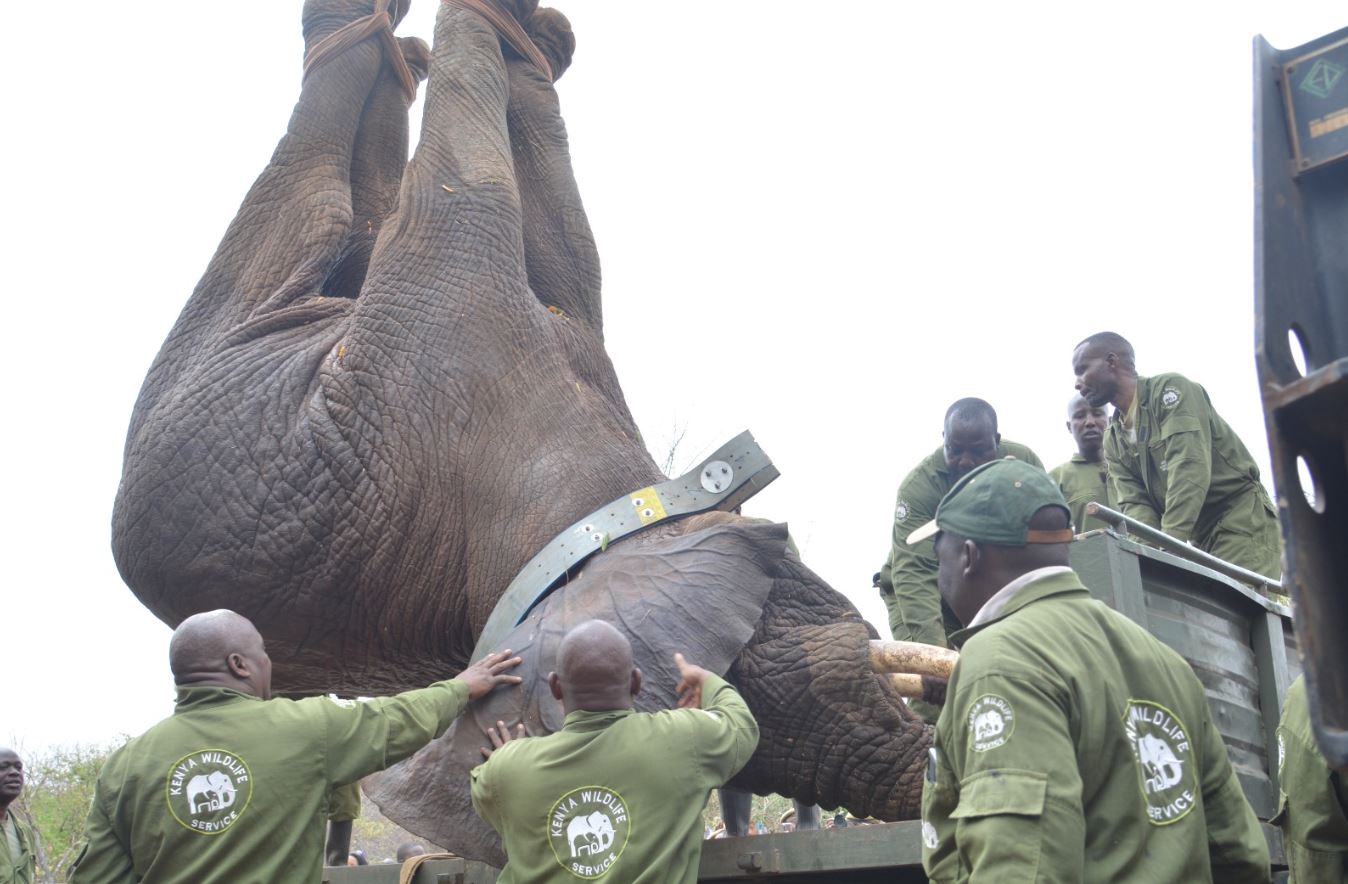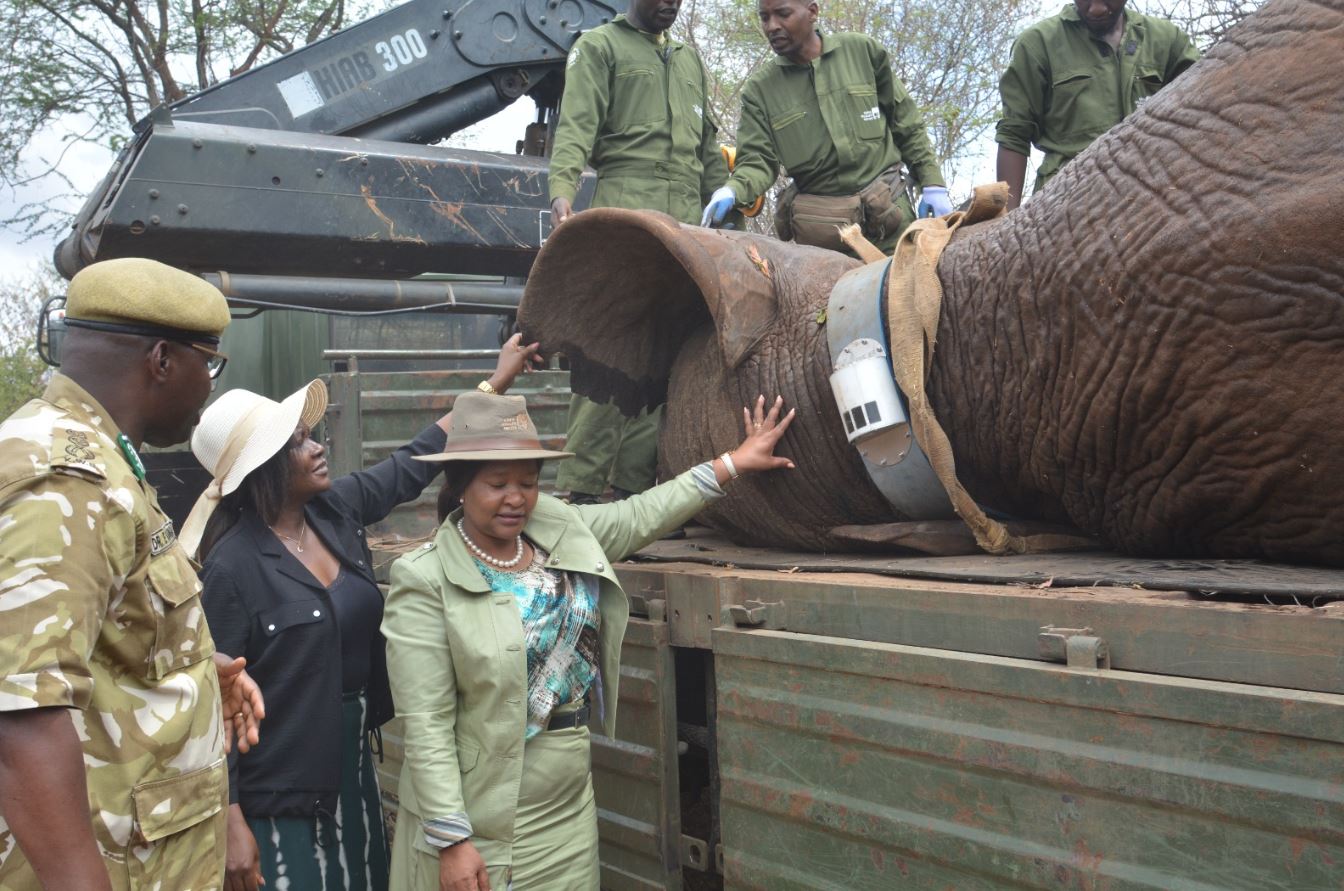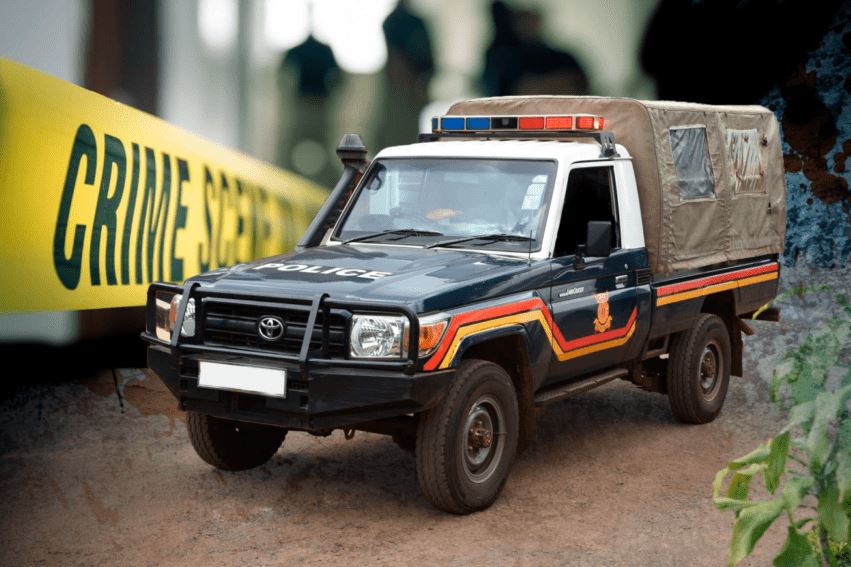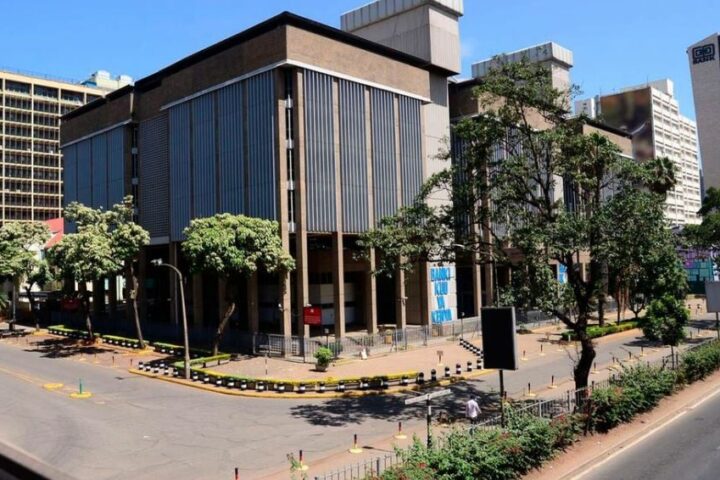
The Kenya Wildlife Service (KWS) has officially commenced a major elephant translocation operation, moving approximately 50 elephants from Mwea National Reserve to The Aberdare National Park.
This initiative is part of KWS’s commitment to improving human-wildlife coexistence and addressing environmental degradation within Mwea National Reserve.
Background and Context
Kenya’s elephant population has seen a remarkable recovery over the past decades.
Between 1979 and 1989, the country faced a severe decline in elephant numbers due to rampant poaching, with the population plummeting from an estimated 170,000 to just 16,000.
The establishment of KWS through an Act of Parliament was a crucial response to this crisis. Thanks to comprehensive conservation efforts, the 2021 national wildlife census recorded an elephant population of 36,280, reflecting the success of collaborative conservation measures.
The Mwea Situation
Mwea National Reserve’s elephant population has surged from 49 individuals in 1979 to 156 today.
While this growth marks a conservation success, it has strained the ecosystem, with around 50 elephants venturing outside the reserve, leading to property damage and intensifying human-elephant conflict.
Objectives of the Translocation
1. Reduce pressure on the Mwea ecosystem
2. Bolster the elephant population in Aberdare National Park
3. Promote ecological balance in both reserves
4. Minimize competition for resources
5. Reduce human-wildlife conflict near Mwea
6. Enhance eco-tourism opportunities in Aberdare
Cabinet Secretary for Tourism and Wildlife, Rebecca Miano, highlighted the urgency of this exercise, noting that Kenya’s growing human population is encroaching on remaining elephant rangelands.
She emphasized the long-term benefits of the translocation, including bolstering vulnerable populations and enhancing genetic diversity.
Governor Embu County, Hon. Cecily Mbarire, praised the initiative as timely, noting its potential to improve livelihoods for local communities. She also mentioned plans to rebrand Mwea National Reserve.
KWS Director General, Dr. Erustus Kanga, stressed that the Strategic Plan incorporates adaptive management practices to address challenges like habitat degradation and human-wildlife conflict proactively.
The translocation is being conducted by a multidisciplinary technical team, adhering to IUCN guidelines and the Translocation and Immobilization Protocol for the African Elephant in Kenya (2019).
This ensures the safety and well-being of the elephants throughout the process.
This operation represents a significant step in Kenya’s ongoing efforts to balance wildlife conservation with human development needs, promising benefits for both the elephant populations and local communities.










